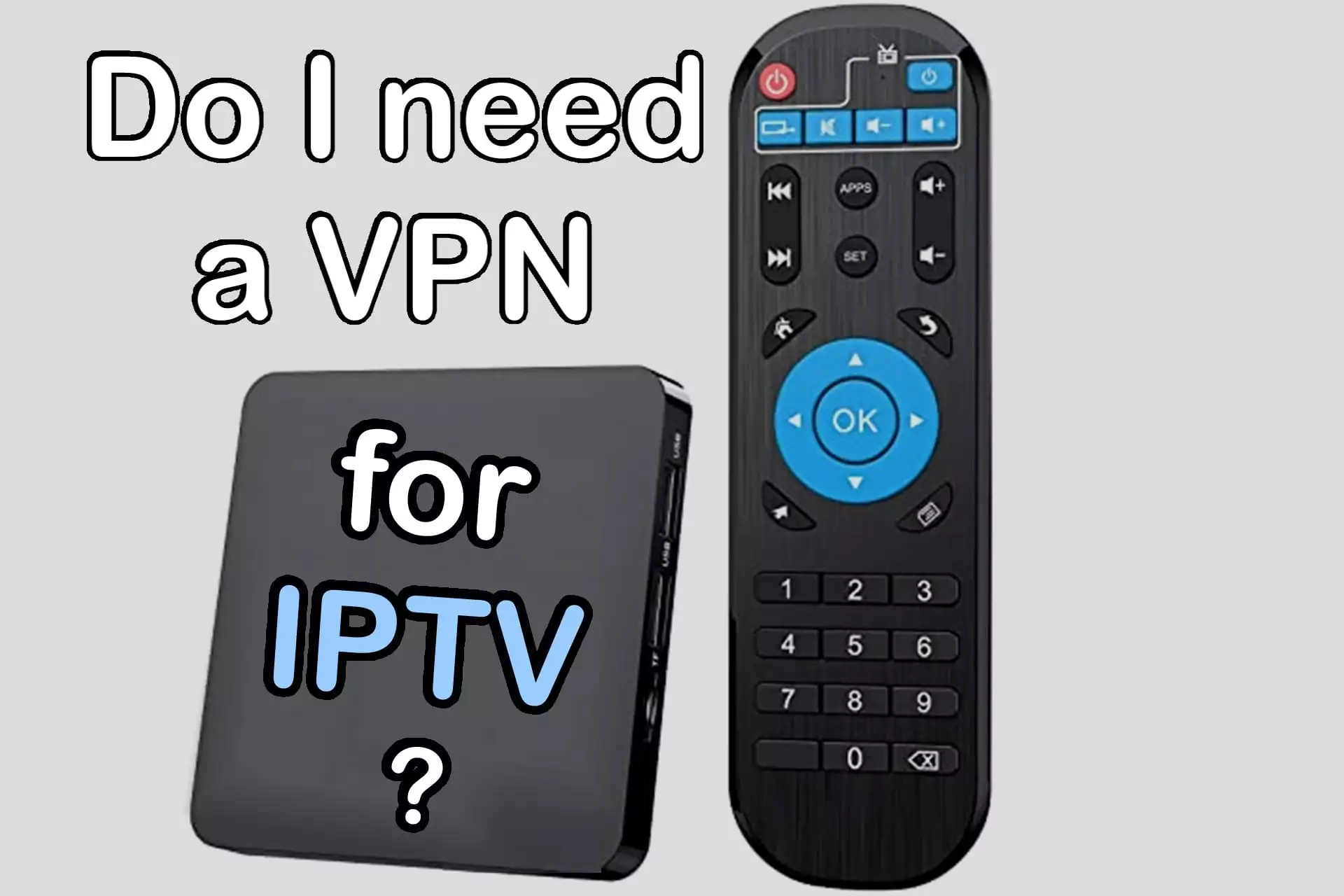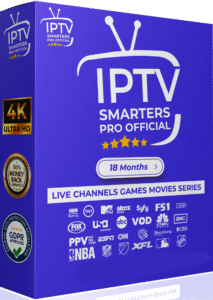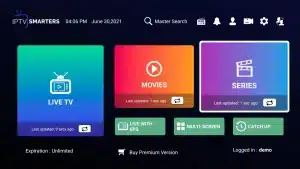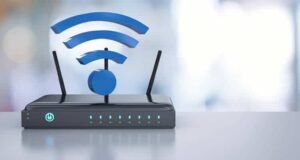What do I need for IPTV
Select Your Package!
Experience flawless compatibility across various devices, from Smart TVs and Android boxes to phones, M3U players, MAG devices, iPhones, and PCs. Effortlessly connect to your favorite IPTV applications, such as IPTV Smarters Pro, Smart IPTV, Duplex, GSE Smart IPTV, IPTV USA subscription, smarter IPTVpro, IPTV Smarters Pro Us, IPTVsmarters pro premium, iptv smart pro, tv smarters, IPTV Smarters Pro, smarters player subscription, iptv smarters pro channels, and Net IPTV. Is IPTV Smarters safe to download? Discover the convenience of seamless access on your preferred devices while exploring a variety of channels and content. Explore the world of IPTV easily, all within a budget-friendly monthly subscription.
What Do I Need for IPTV?
As the world of entertainment continues to evolve, Internet Protocol Television (IPTV) has emerged as a popular alternative to traditional cable and satellite services. IPTV allows viewers to stream television content over the internet, offering a plethora of channels and on-demand options. What do I need for IPTV If you’re considering making the switch to IPTV, you may wonder what exactly you need to get started. This comprehensive guide will outline the essential requirements for IPTV, helping you enjoy a seamless viewing experience. IPTV smarters
1. Understanding IPTV
Before diving into the requirements, it’s essential to understand what IPTV is. Unlike traditional broadcasting methods, IPTV delivers content via internet protocol (IP) technology. This allows users to stream video content in real-time, either live or on-demand. IPTV services typically come in two formats: live streaming (like traditional TV channels) and video on demand (VOD). What do I need for IPTV
2. Basic Requirements for IPTV
2.1. Stable Internet Connection
A reliable and fast internet connection is the backbone of any IPTV service. What do I need for IPTV Here are some key points to consider:
- Speed: For standard-definition (SD) content, a minimum speed of 3 Mbps is often sufficient. However, for high-definition (HD) and 4K content, speeds of at least 10-25 Mbps are recommended. It’s wise to check your internet speed using online tools like Speedtest.net.
- Wired vs. Wireless: While Wi-Fi is convenient, a wired Ethernet connection is generally more stable and provides better speeds for streaming, reducing the risk of buffering. What do I need for IPTV
2.2. Compatible Device
To enjoy IPTV, you need a compatible device. Here are some common options:
- Smart TVs: Many smart TVs have built-in IPTV apps that allow you to stream content directly.
- Streaming Devices: Devices like Amazon Firestick, Roku, Apple TV, and Google Chromecast can be easily connected to your TV and have various IPTV applications available.
- Set-Top Boxes: Dedicated IPTV set-top boxes can provide a more traditional TV experience with IPTV services. IPTV smarters
- Mobile Devices: Smartphones and tablets can also be used to stream IPTV content through dedicated apps.
- Computers: You can watch IPTV on desktop or laptop computers using web browsers or specific IPTV software.
2.3. IPTV Subscription
Most IPTV services require a subscription, though some may offer free options. IPTV smarter When selecting a subscription:
- Research: Look for reliable services with positive reviews and a good reputation. Free IPTV services may come with risks like ads or unreliable content.
- Trial Periods: Many providers offer trial periods. Take advantage of these to assess the service quality. What do I need for IPTV
2.4. IPTV Application
After selecting an IPTV service, you’ll need to download its application. Many IPTV services have dedicated apps for various devices. IPTV smarters If the service doesn’t have an official app, you may need to use third-party IPTV players like Kodi, VLC Media Player, or Perfect Player.
3. Additional Considerations for IPTV
3.1. VPN for Privacy and Security
Using a Virtual Private Network (VPN) can enhance your IPTV experience:
- Privacy: A VPN encrypts your internet connection, protecting your browsing activities from prying eyes, including ISPs.
- Access Geo-Restricted Content: Some IPTV services restrict access based on your location. A VPN can help you bypass these restrictions by masking your IP address and simulating a connection from another region. IPTV smarters
- Prevent Throttling: ISPs may throttle your connection if they detect streaming activity. A VPN can help mitigate this issue. What do I need for IPTV
3.2. Network Equipment
To ensure smooth streaming, consider the following equipment:
- Router: A high-quality router can significantly improve your streaming experience. Look for routers with dual-band capabilities and the latest Wi-Fi standards (such as Wi-Fi 6).
- Modem: If you have a separate modem, ensure it is compatible with your internet service provider and can handle high speeds.
- Powerline Adapters: If running an Ethernet cable to your TV isn’t feasible, consider powerline adapters that use your home’s electrical wiring to extend your network connection. What do I need for IPTV
3.3. Quality of Service (QoS) Settings
Some routers offer QoS settings that prioritize bandwidth for streaming services. This can help reduce buffering and improve streaming quality, especially if multiple devices are connected to your network. What do I need for IPTV
4. Setting Up IPTV
Once you have everything you need, follow these steps to set up IPTV:
- Install the IPTV App: Download and install the IPTV application on your device.
- Input Your Subscription Details: Open the app and enter your subscription information, which may include an M3U link or portal URL.
- Customize Settings: Configure the app settings to optimize your viewing experience, such as language preferences, parental controls, and channel favorites.
- Connect to Your Network: Ensure your device is connected to the internet via Wi-Fi or Ethernet.
- Start Streaming: Browse through the channels or on-demand content and start watching!
5. Troubleshooting Common Issues
Despite having everything set up, you might encounter issues. Here are some common problems and their solutions:
- Buffering: Check your internet speed and try reducing the streaming quality in the app settings. Ensure no other devices are hogging bandwidth.
- Connection Issues: Restart your router and device. Ensure the device is connected to the correct Wi-Fi network.
- App Crashes: Update the app or your device’s software. Uninstall and reinstall the app if the problem persists. What do I need for IPTV
6. Conclusion
IPTV can provide a flexible, cost-effective, and expansive viewing experience. With a reliable internet connection, a compatible device, and the right IPTV service, you can enjoy a wide range of content tailored to your preferences. Always remember to prioritize privacy and security, especially when using free IPTV services. By following the steps outlined in this guide, you’ll be well-equipped to dive into the world of IPTV and enjoy uninterrupted entertainment. Happy streaming!






